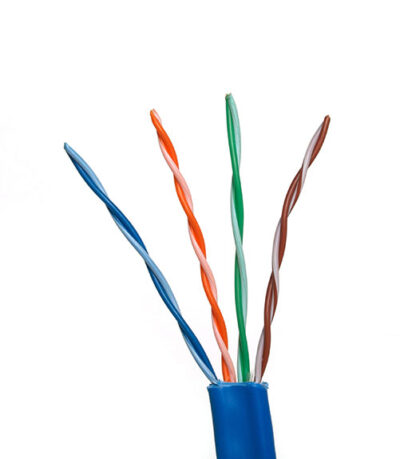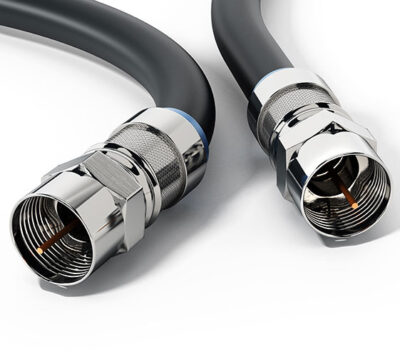Network Cabling Types
What is Network Cabling?
Networking cables are a form of communications infrastructure that is used to link one network device to another, or two or more devices to a single computer or network device. They are used to transmit data and information from one access point to another.
The architecture, size, and method of a network all influence the type of cable needed. The many types of network cables serve as the network infrastructure’s supporting foundation. Here is a list of the most common cable categories you will see in most organizations.

UTP — Unshielded Twisted Pair Cable
A UTP cable, which stands for unshielded twisted pair, is a computer networking cable made up of shielded wires twisted around each other. These cables do not have insulation (shielding) between each of the paired wires, thus it’s name. As a result, they do not filter electromagnetic interference, putting packet loss or corruption at risk.
STP — Shielded Twisted Pair Cable
STP cables are similar to UTP cables in that the wires are twisted together and then covered in a shielding or screening material such as foil or copper braid. If you want to run cables in an area where there is a chance of interference or danger from an unshielded twisted pair cable’s electrical current, shielded twisted pair cables are ideal. Shielded twisted pair cables can also aid in increasing the distance between cables.


CoAx — Coaxial Cable
A coaxial cable consists of a copper conductor wire encased in layers of insulation that shield the line from radio waves and electromagnetic interference. The conductor carries an electrical signal that carries video and data to a broadcasting device.
Coax has been utilized in a variety of applications over the years, including telephone trunk lines, computer data buses, and even carrying television signals. Coax is now widely utilized for internet connections, and it is especially prevalent in multi-tenant buildings.
Fiber Optic Cable
A main glass core is surrounded by numerous layers of protecting materials in fiber optic cables. They transmit light instead of electronic messages, avoiding electrical interference and making them ideal for settings with high levels of electrical interference. Because of their resilience to moisture and illumination, and in lieu of it’s incredibly high bandwidth capabilities, Fiber Optic Cables have become the industry standard for linking networks across buildings.

The right cable for the job
There are several subtypes of cabling within each of these four primary categories of network cabling. Choosing the right cabling depends on the circumstance of each business. Let’s take a deeper look at the distinctions between these various sorts of network cabling standards now that you have a better understanding of them.
- Cost — The cost of newer, more modern cabling is likely to be higher. A newer cable standard is worth the extra money for the numerous advantages it provides, especially if you need a faster data transfer rate for specific devices on your home network.
- Speed — When deciding which sort of network cable to utilize in your network, speed is critical. Consider the maximum transmission speed available for each cable.
- Length — Copper wire cables are designed to transport data over a relatively short distance. Newer cable standards can extend beyond 100 meters while maintaining high data transfer speeds and frequency.
- Use — Whether you have security needs, high data transfer, or cloud infrastructure, there are several use cases for each specific cable. Choosing the right one may require consultation from an expert.
Need help with a network cabling project? Contact Us today.

